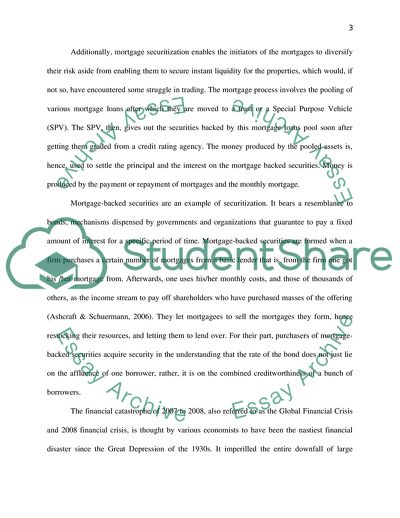Cite this document
(Mortgage Securitization Report Example | Topics and Well Written Essays - 2000 words, n.d.)
Mortgage Securitization Report Example | Topics and Well Written Essays - 2000 words. https://studentshare.org/law/1864716-economic-law
Mortgage Securitization Report Example | Topics and Well Written Essays - 2000 words. https://studentshare.org/law/1864716-economic-law
(Mortgage Securitization Report Example | Topics and Well Written Essays - 2000 Words)
Mortgage Securitization Report Example | Topics and Well Written Essays - 2000 Words. https://studentshare.org/law/1864716-economic-law.
Mortgage Securitization Report Example | Topics and Well Written Essays - 2000 Words. https://studentshare.org/law/1864716-economic-law.
“Mortgage Securitization Report Example | Topics and Well Written Essays - 2000 Words”. https://studentshare.org/law/1864716-economic-law.


